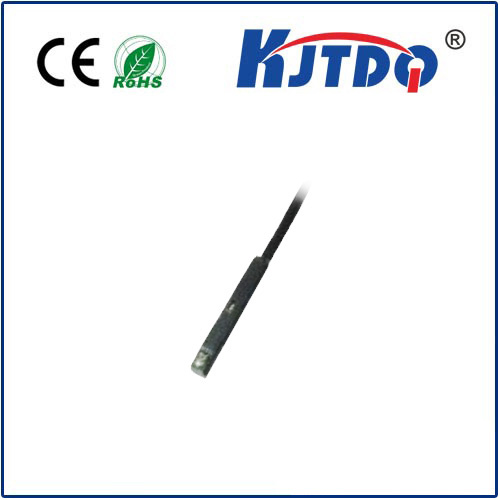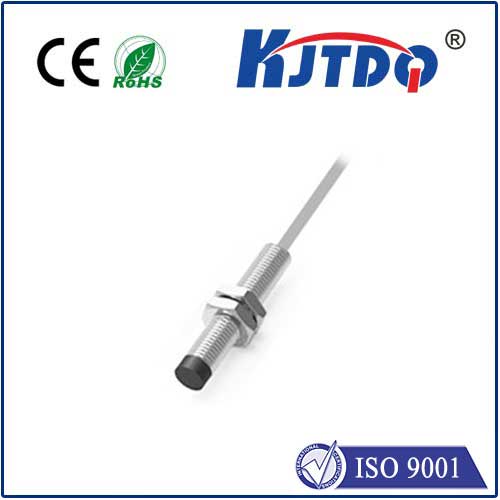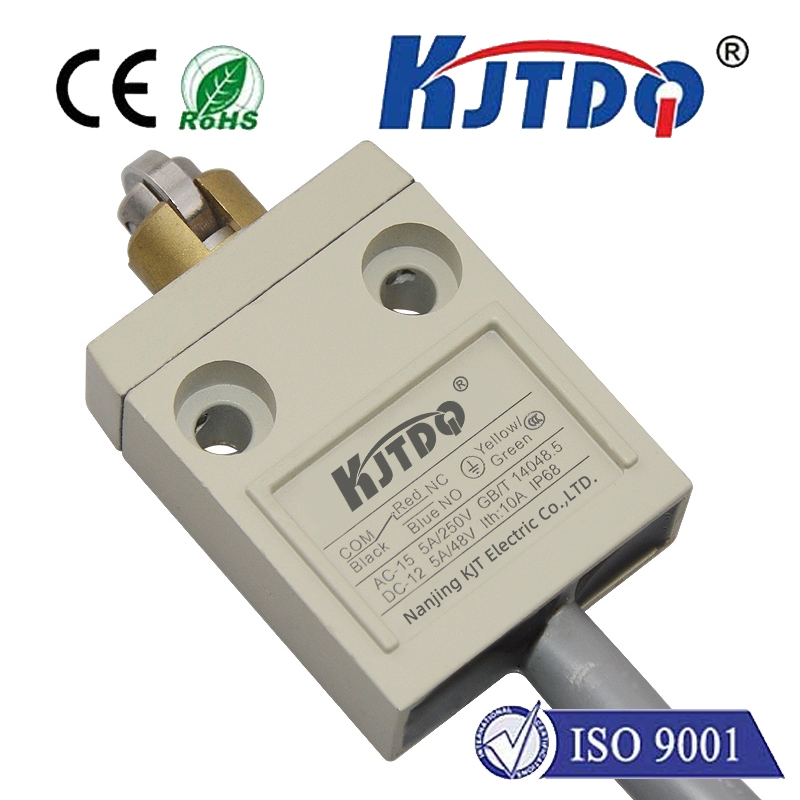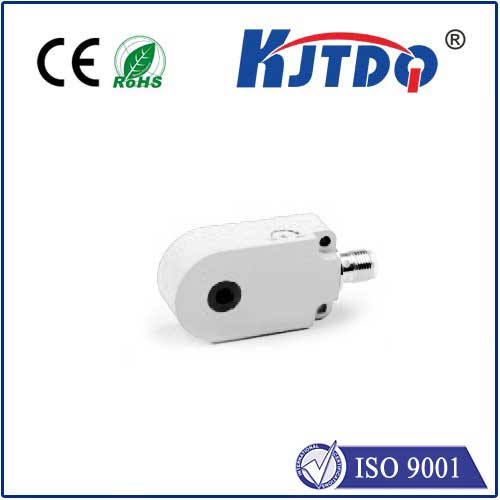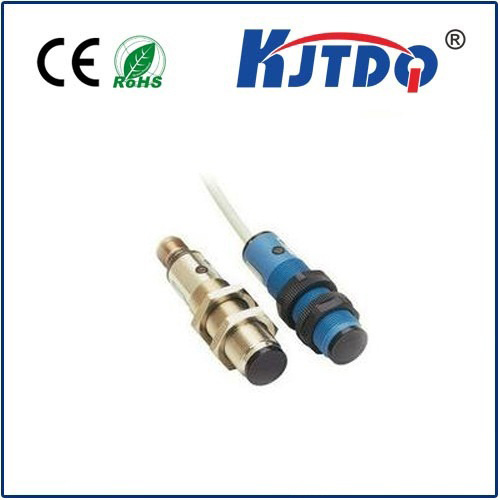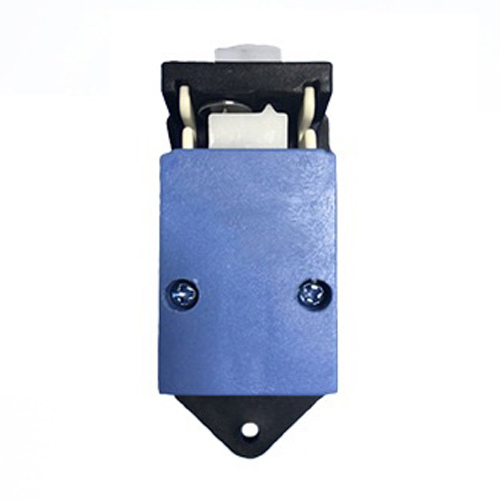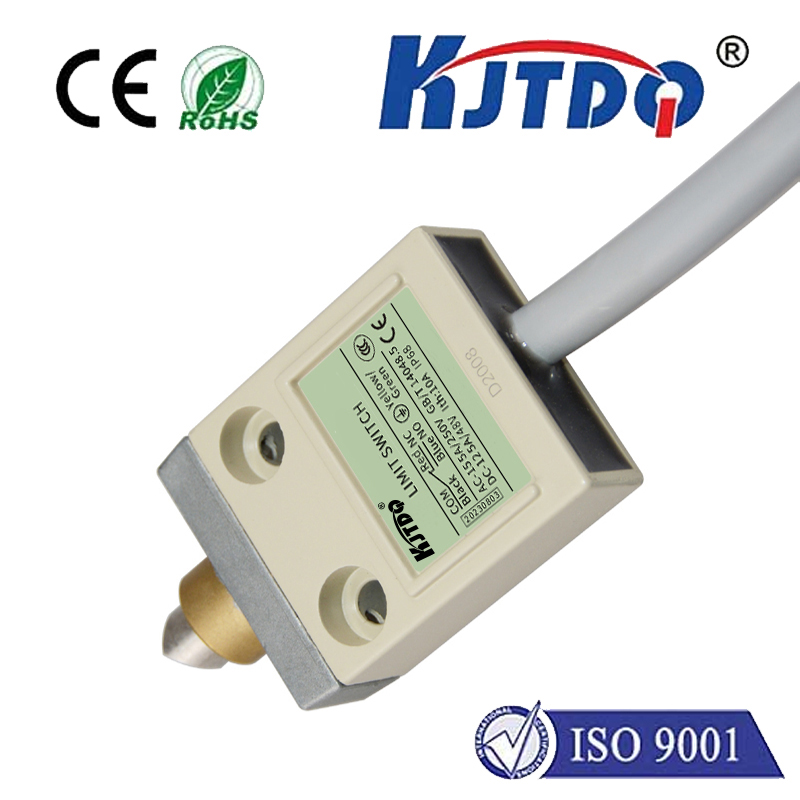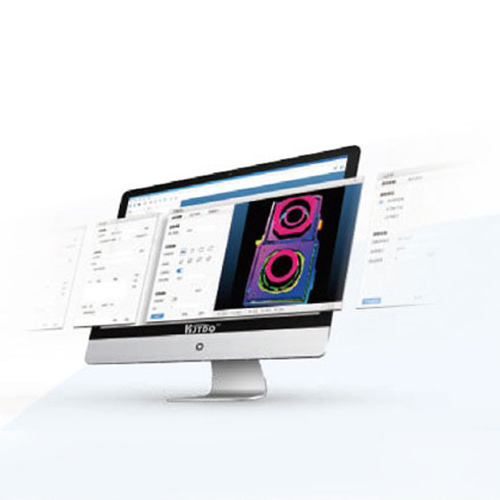velostat pressure sensor
- time:2025-08-19 11:17:23
- Click:0
Beyond Buttons: The Flexible Future of Sensing with Velostat Pressure Sensors
Imagine a game controller that knows exactly how hard you squeeze during a tense moment. Envision a smart yoga mat tracking the precise distribution of your weight for perfect posture. Picture a car seat detecting a child’s presence not just by weight, but by subtle pressure patterns. This is the world enabled by Velostat pressure sensors, flexible sheets quietly revolutionizing how we interact with technology and measure force.
At its heart, Velostat (and similar materials like Linqstat) is a proprietary piezoresistive film. This mouthful translates to a simple, powerful principle: its electrical resistance decreases predictably when pressure or force is applied. This isn’t your typical rigid sensor; it’s a thin, lightweight, and remarkably bendable plastic sheet impregnated with carbon black particles. Squeeze or press it, and the carbon particles get pushed closer together, creating more paths for electricity to flow – hence, lower resistance. Measure this resistance change, and you have a direct indicator of the applied pressure.
Why is this technology generating so much excitement? Its unique blend of advantages tackles limitations of traditional sensors:

- Unmatched Flexibility and Conformability: Unlike brittle strain gauges or bulky load cells, Velostat sensors can bend, fold, and conform to curved or irregular surfaces. This is revolutionary for wearable electronics, smart textiles (e-textiles), prosthetics, and ergonomic interfaces.
- Cost-Effectiveness: Manufacturing processes for Velostat sheet material are relatively simple. This translates into sensors that are significantly cheaper to produce than many solid-state alternatives, especially for large-area applications.
- Simplicity of Integration: Creating a basic Velostat pressure sensor often requires just the material itself sandwiched between two conductive electrodes (like conductive fabric or etched metal). Reading the signal usually involves straightforward circuitry measuring voltage changes across a known load resistor (creating a voltage divider). This lowers the barrier to entry for hobbyists and engineers alike.
- High Sensitivity & Dynamic Range: Velostat exhibits a broad dynamic range, capable of detecting forces from very light touches (grams) up to substantial pressures (kilograms or more, depending on sensor area and design). This versatility is key.
- Durability & Robustness: The plastic base material offers good resistance to physical wear and tear, moisture, and chemicals in many environments, making it suitable for demanding applications.
Applications: Where Velostat Sensors Are Making an Impact
The unique properties of Velostat sensors unlock possibilities across diverse fields:
- Wearables & Health Monitoring: Integrated into shoe insoles for gait analysis and balance assessment, embedded in clothing for respiration monitoring, used in smart gloves for gesture recognition or rehabilitation tracking. The flexibility allows for comfortable, unobtrusive integration.
- Human-Machine Interfaces (HMI): Moving beyond simple buttons to expressive control surfaces. Think variable squeeze controls on steering wheels, dynamic touchpads on flexible displays, or pressure-sensitive keys on musical instruments offering nuanced expression. Products like Flowium® leverage this for fluid controller interfaces.
- Robotics & Prosthetics: Providing robots with a crucial sense of touch. Used in robotic grippers to gauge grip force and prevent crushing delicate objects. Incorporated into prosthetic limbs to offer users sensory feedback about how firmly they are holding something.
- Automotive: Occupant detection systems (ODS) in seats, especially for classifying child vs. adult presence based on pressure distribution. Steering wheel grip detection for driver alertness monitoring. QuieSense™ technology exemplifies using conductive foam variants for advanced sensing in seating.
- Industrial & Safety: Force-sensitive resistor (FSR) mats for ergonomic workplace analysis, monitoring pressure points on tools or machinery for predictive maintenance, or safety mats around hazardous equipment.
- Musical Instruments & Controllers: Creating expressive, pressure-sensitive triggers for electronic drums, wind controllers, or custom MIDI interfaces.
Design Considerations: Maximizing Velostat Sensor Performance
While powerful, Velostat sensors aren’t magic. Effective implementation requires understanding their nuances:
- Hysteresis & Creep: Like many polymer-based sensors, Velostat can exhibit slight lag between applying pressure and the resistance change (hysteresis) and a slow drift under constant pressure (creep). Careful calibration and circuit design (using techniques like constant current sources) are often needed for precision applications. Signal conditioning is key.
- Spatial Resolution & Crosstalk: Basic sandwich designs offer single-point or zoned pressure sensing. Achieving high spatial resolution (like an image of pressure) requires more complex electrode patterning (e.g., row/column matrices). Be mindful of potential signal bleeding (crosstalk) between adjacent sensing points.
- Linearity: While resistance decreases consistently with pressure, the relationship isn’t perfectly linear across the entire range. Compensation algorithms or operating within a specific pressure range can improve results.
- Dynamic Response: While suitable for many applications, they may not capture extremely high-frequency vibration as effectively as some piezoelectric sensors.
The Future is Flexible
Velostat pressure sensors represent a significant leap towards embedding intelligent sensing capabilities into the very fabric of our world. They enable interfaces that are more natural, intuitive, and responsive. As signal processing techniques advance and integration becomes even more seamless, we can expect these versatile sensors to permeate further into consumer electronics, advanced robotics, medical diagnostics, and smart infrastructure. Their low cost, flexibility, and inherent sensitivity make them not just a niche tool, but a fundamental building block for the next generation of interactive devices and smart systems. The ability to feel pressure, affordably and unobtrusively, is becoming a reality, reshaping how machines interact with their environment and how we interact with machines.













